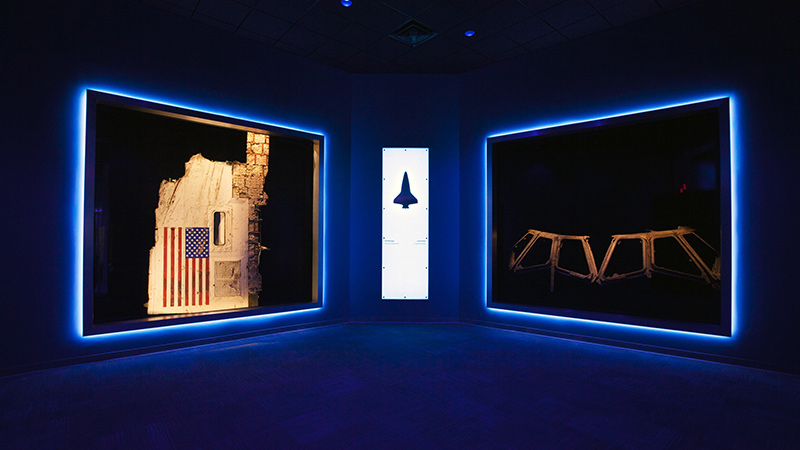Stay Up to Date
Submit your email address to receive the latest industry and Aerospace America news.
Articles in the January 2018 issue cover entirely unrelated technical topics, but they are bound together in the sense that each captures the human stakes of the topic in tangible, real-world terms.
Those stakes shine through most poignantly in “Their mission became our mission,” a recounting by former shuttle astronaut Tom Jones of the Columbia space shuttle disaster and aftermath 15 years ago. This piece is a must-read for anyone who plans to send people into space, whether for the government or in private business.
As important as safety is for space travel, that issue will affect only a relatively small number of people, and that’s likely to be true for the foreseeable future. Not so for hurricane forecasting, the topic of our cover story, “Storm warning.” Each hurricane season, millions of residents and emergency authorities in coastal communities rely on NOAA’s publicly released prediction cones to decide whether and when to evacuate. If all goes as planned, new satellite instruments are about to make those cones even more accurate and longer range. The timing is fortunate, based on the growing realization that hurricanes are in fact becoming stronger, just as scientists warned about a decade ago that they would.
The article “Self-censorship at NASA,” brings home just how frightened some researchers and scientists are of the Trump administration, given the president’s criticism of the conventional scientific view of climate change. The article portrays a fascinating turning of the tables about political correctness in the U.S., where references to climate change, global warming and fossil fuel reduction are suddenly out of bureaucratic favor. The piece explores whether these fears of the Trump administration are valid, and it delves into the possible unforeseen consequences of what might seem like an innocent trend of self-censorship.
Those of us with nightmarish commutes might want to read “Sky taxis: How to make them a reality.” Will these concepts hit the market before most of us retire? I don’t know, but I do know that the pioneers of this new market are doing their best to save time by building on work by those in the consumer drone industry, at FAA and NASA.
Note: The photo at the top of this page shows a display at Kennedy Space Center’s Visitor Complex in Florida, where two fallen shuttle crews are honored in the “Forever Remembered” exhibit. Aerospace workers and visitors can view personal mementos of the Challenger and Columbia astronauts, and see evidence of the costs of inattention to flight safety.
About Ben Iannotta
As editor-in-chief from 2013 to March 2025, Ben kept the magazine and its news coverage on the cutting edge of journalism. He began working for the magazine in the 1990s as a freelance contributor. He was editor of C4ISR Journal and has written for Air & Space Smithsonian, New Scientist, Popular Mechanics, Reuters and Space News.
Related Posts
Stay Up to Date
Submit your email address to receive the latest industry and Aerospace America news.




